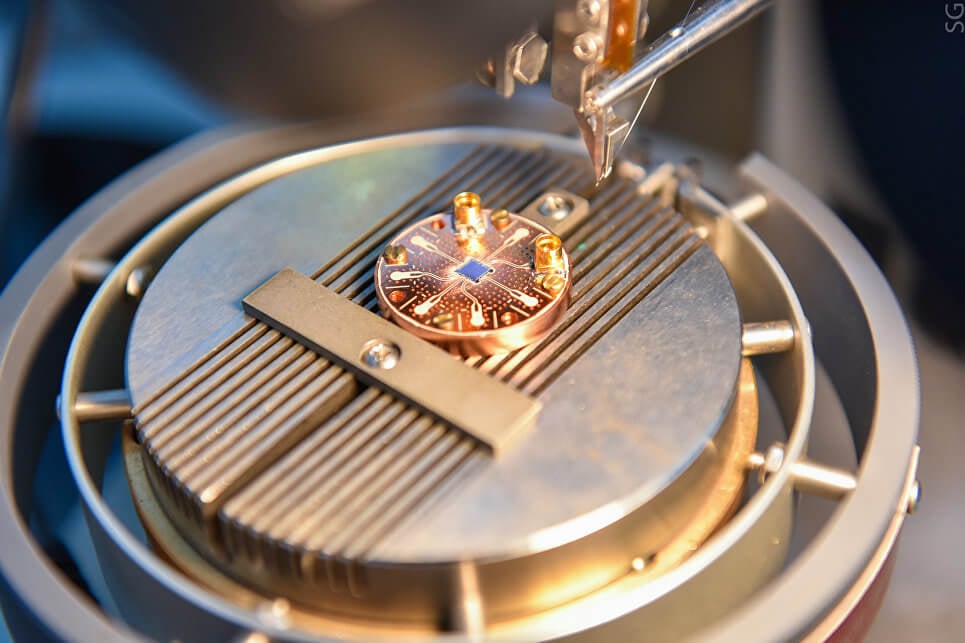- Get link
- X
- Other Apps
- Get link
- X
- Other Apps

An international group of scientists, consisting of Russian, British and German specialists in the field of quantum technologies, created a revolutionary qubit technology based not on the Josephson junction, which is a gap in a superconductor, but on a solid superconducting nanowire. The researchers shared their work in the journal Nature Physics.
In the world there are not yet universal quantum computers capable of coping with any problems, however, the methods and principles of computation that are being developed now allow solving supercomplex problems. For example, using qubits simulate chemical compounds and materials, recreate the mechanism of photosynthetic processes.
At the moment there are several types of qubits, but each of them has a disadvantage, which reduces the efficiency of their work. For example, created qubits capable of operating in the optical range are difficult to scale, unlike qubits on superconductors operating in the radio range and based on the so-called Josephson junctions. Each such transition represents a rupture of a superconductor, more precisely, a dielectric layer through which electrons tunnel.
The new type of qubit is based on the effect of quantum phase slip-controlled periodic failure and the restoration of superconductivity in a super-thin (about 4 nm thick) nanowire, which in the ordinary state has a rather large resistance.
Alexei Ustinov, who is the co-author of the new work, the head of the group of the Russian Quantum Center, the head of the laboratory "Superconducting metamaterials" of the NITU "MISiS", as well as the professor of the Karlsruhe Institute of Technology, noted that now it was possible to create a new type of superconducting devices, much like SQUID (SQUID, Superconducting Quantum Interference Device - "superconducting quantum interferometer").
SQUID is an ultrasensitive magnetometer based on Josephson junctions and is used to measure weak magnetic fields. However, interference in a new device is not caused by a magnetic field, but by an electric field, which changes the electric charge on the island between two nanowires. These nanowires play the role of Josephson junctions in the device, but they do not require the creation of discontinuities and can be made from one layer of a superconductor.
Alexei Ustinov notes: in this paper it was possible to show that this system can work as a charge interferometer.
"If the nanowire is divided into two sections and a thickening is made in the center, then by changing the gate charge on this thickening, one can in fact make a periodic modulation of the process of quantum tunneling of magnetic quanta through the wire, which is observed in this work," the scientist commented.
This is a key point, proving that a controlled and coherent effect has been obtained and that it can be used to create new generation qubits. Ustinov also said that the development has no less functionality than the previous ones, but it is more simple to manufacture. A new technology can become the basis of the principle of operation of the entire set of elements of superconducting electronics.
- Get link
- X
- Other Apps
Comments
Post a Comment